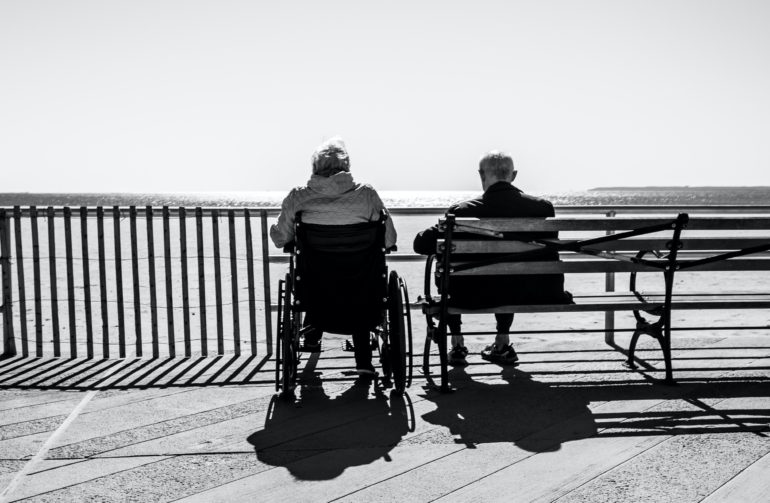A tiny, defenseless baby enters into the world, completely reliant on others to fulfill her every need. As she begins to grow, she becomes aware that she is not attached to her caregiver, but a separate human being, with free will. And so, as she grows some more, she spreads her wings, sometimes has to have them clipped back, and continues along her path towards becoming an adult. Years later, she too may become a mother and so the cycle continues. Somewhere along the voyage from babyhood to old age, most of us will begin to feel a reversal of the roles we once had with the adults upon whom we so heavily depended. For most, the changes will likely begin when the adult child is in her mid 50’s or older. The so called sandwich generation is often caregivers to both their own children and their parents. Now the roles between adult child and parents begins to reverse. No longer is the adult child dependent on her parent to take her to doctor appointments. Instead, it’s the other way around. For most, this shift is gradual. For others, the change is quick and more difficult. Sue is a 65 year old mother to 4 grown children and 10 grandchildren. Her mother passed away a couple of years ago, but not before Sue experienced a significant change in their relationship. Her mother was known in the neighbourhood because she walked around the block every day. In her younger years, she and Sue walked at a quick pace together. Even in her 80’s, Sue’s mother, Phyllis, continued to walk – with the aid of two canes as she aged and became more frail. But still, she was energetic, self sufficient and bright. So, when she began to decline after fracturing her ankle at aged 85, the change was sudden and shocking for Sue. As she continued to deteriorate both physically and mentally, Sue assumed the responsibilities that Phyllis once had – toileting, dressing and preparing food, amongst others. Sue says that she “lost” her mother several years before she passed away as their roles continued to reverse. At first, Sue was annoyed and sometimes spoke more harshly to her mother than she wished she had. Later she realized that her reaction was partly because she preferred to see her mother as not behaving properly, as one might see a two year old, than accept that she truly was incapable of being who she once was. In fact, as Phyllis’s memory deteriorated, so Sue saw her more like a child than ever before. Reminders and restraints from Sue and resistance from Phyllis became part of their relationship. Phyllis had lived with Sue and her husband for many years and most of those had been positive, until Sue became more of a parent and caregiver to own mother. Her relationship with her husband became strained and Sue began to feel worn out. As Sue saw her mother age and change, she began to envy people whose parents lived further away. Although she knew that those people would probably think her crazy, at least they didn’t have to see the daily deterioration and could have a certain amount of space to digest the changes when they were apart.
When Phyllis was eventually placed in a home care facility, Sue felt incredible guilt and was reminded of how she felt when she was placed in a boarding school as a child. Sue feels that her mother must have felt abandoned and regrets having placed her in outside care. “Being able to give care happily, gently and with understanding and empathy, is a wonderful gift,” says Sue. She is angry at herself for not being able to do that e as her mother aged. However, Sue is not alone in feeling unable to cope – both mentally and physically – with the changes. The people to whom babies look for comfort, care and nurturing will most likely one day be the people who look to those “babies” for care. The journey is not so long inbetween and it takes courage, strength and a great deal of support in order to deal with what we human beings face.
